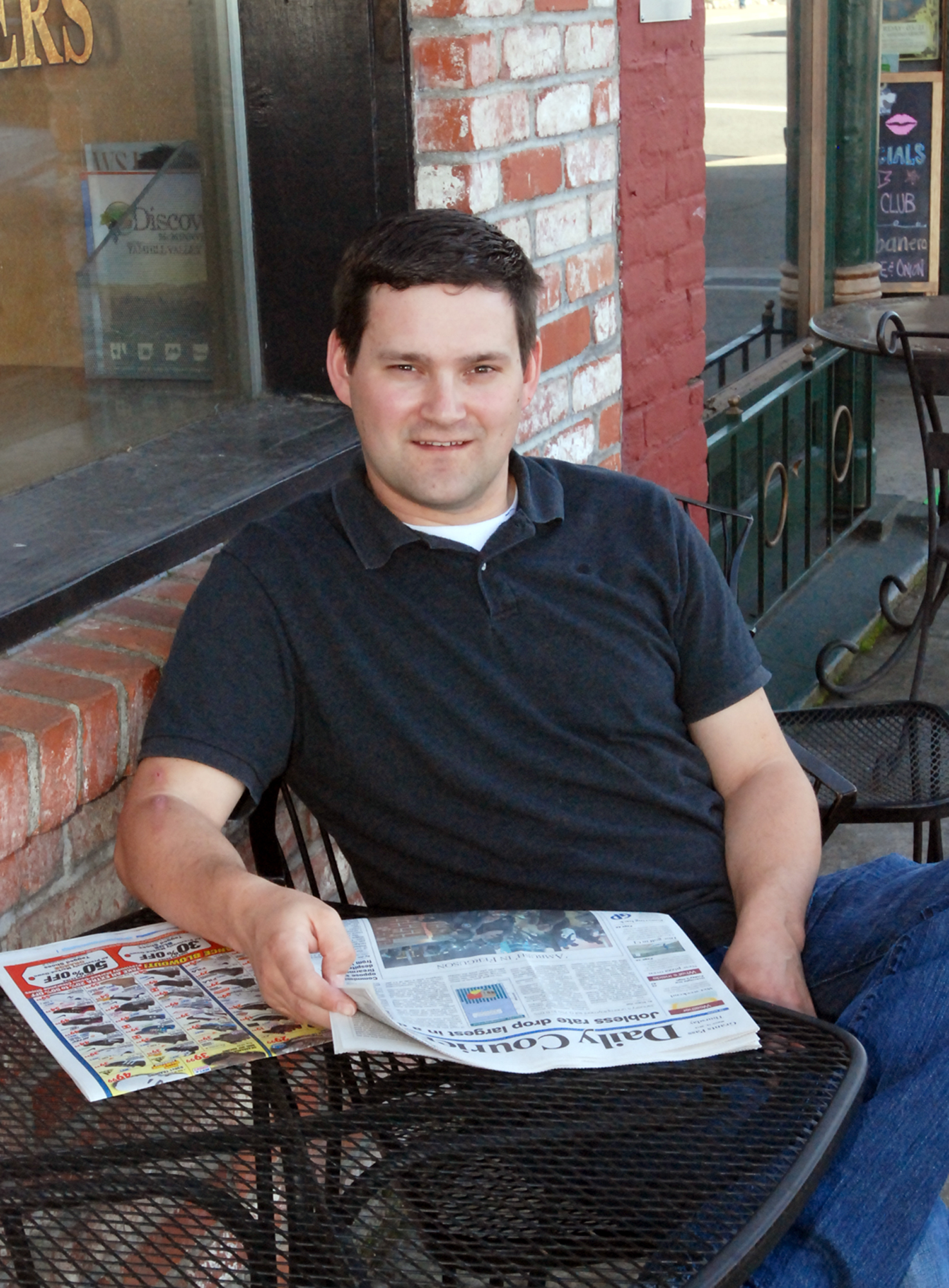CHICAGO (AP) — Young adults have a reputation for being connected to one another and disconnected from the news. But a survey has found that mobile devices and social networking are keeping them more engaged with the broader world than previously thought.

They want news, they say, though they don’t always aggressively seek it out — perhaps simply happening upon it on a friend’s online feed. And they want it daily.
The survey of Americans ages 18 to 34, sometimes called the millennial generation, found that two-thirds of respondents said they consume news online regularly, often on a social networking site. Of those, 40 percent do so several times a day, according to the poll, conducted by The Associated Press-NORC Center for Public Affairs Research and the American Press Institute.
It’s been a slowly building trend in news consumption that experts say is trickling up to older generations — and that young people say helps them stay current, even if they never read an actual newspaper or watch the evening news on TV.
“I don’t think people would expect us to know what we know,” says Erica Quinn, a 24-year-old college student in Gainesville, Florida, who participated in the survey. The findings were to be presented Monday in Nashville at the annual convention of the Newspaper Association of America.
Among other things, the respondents said their consumption of news and information on various devices was most often sparked by an interest in civic issues, for social reasons, including discussing a topic with friends, or because they just find it enjoyable.
The survey found that young adults generally get harder news from more traditional news sites and “softer” lifestyle news from social networks, Facebook being the overwhelming favorite.
That’s generally how it works for Marilu Rodriguez, a 29-year-old from suburban Chicago, who participated in a focus group that accompanied the survey.
She recalls how, as a child, the TV news would come on at her house after her family had watched the latest episode of their favorite telenovela, a Spanish-language soap opera.
“It was a family thing to watch the news,” Rodriguez says.
Now her smartphone is her most frequent portal to the world, as she surfs social networking and news sites, often on her train ride to and from work as a coordinator for a nonprofit organization in downtown Chicago. Like many in the survey, she gets a lot of her news through a “diverse mix of friends” on those social networking sites.
She considers herself an active seeker of news and still watches TV news, though she expressed frustration over slanted coverage and lack of serious stories. “Some news stations need to grow up,” she says.
Still, only 39 percent of the survey respondents said they typically actively seek out news, while 60 percent said they mostly “bump into” that type of content as they do other things on Facebook and other sites.
That certainly could be seen as passive consumption.
But Tom Rosenstiel, executive director of the American Press Institute, noted that many respondents who generally let news come to them might comment on a story posted by a friend or look for more information because they were skeptical.
“So there’s a level of activity or participation that wasn’t even possible in earlier times,” says Rosenstiel, who will present the survey findings in Nashville.
He also noted that 70 percent of young adults surveyed say their social media feeds include a mix of viewpoints, increasing their chances of reading a wider array of content.
Overall, the survey found that the average young adult regularly uses three or more social media platforms, among them Twitter, YouTube and sometimes Tumblr and Reddit. The youngest adults often use four social networking sites.
That said, survey respondent Travis Morgan says he still likes reading a printed newspaper and watching news on television — and using a search engine to dig more deeply if he wants to know more.
“This may make me sound like an old man,” Morgan, a 33-year-old pilot from Grants Pass, Oregon, says, laughing. “I just want the story. I don’t want opinion. I don’t want all this extra stuff.”
But that’s not true for many of his elders. Experts who track the public’s online habits say that on-the-go news consumption is growing among older generations as well.
Joseph Kahne, a professor who studies civic and political engagement online, has found a steady increase in news consumption and social media across all age groups.
That’s good for getting people more involved with topics of the day, says Kahne, an education professor at Mills College in Oakland, California, who chairs the MacArthur Foundation Research Network on Youth and Participatory Politics.
But with so much content out there — often from lesser-known sources — he says it also means, “that all of us will need to become increasingly sophisticated, as we will need to make judgments regarding credibility that had previously been made by news editors.”
The survey of 1,046 young adults was conducted from Jan. 5 through Feb. 2, 2015, by the Media Insight Project, a partnership between the AP-NORC Center and the American Press Institute, which funded the study.
The results tallied online interviews in English or Spanish done with the random sample of adults age 18-34 who were initially recruited and screened to take part in the survey over the phone. Results from the full survey have a margin of sampling error of plus or minus 3.8 percentage points.
___
AP News Survey Specialist Emily Swanson contributed to this report.
___
Follow Martha Irvine on Twitter at http://twitter.com/irvineap.
___
Online:
Media Insight Project: http://www.mediainsight.org



